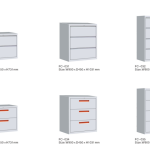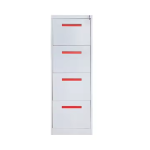The file cabinet is the backbone of office organization, but without a system, it quickly becomes a black hole for paperwork. This guide isn’t just about tidying up—it’s about creating a workflow-friendly system that saves time, reduces stress, and protects critical documents.
Why Organizing File Cabinets Matters
Boost Efficiency: An organized file cabinet can reduce the time you spend searching for documents, allowing you to focus more on your core work.
Reduce Clutter: Cluttered filing cabinets can make the office space appear crowded and messy, while simple file cabinets can create a quieter working environment and improve the overall office atmosphere.
Enhance Security: Sensitive documents (eg, tax records, HR files) are less likely to be misplaced or exposed.
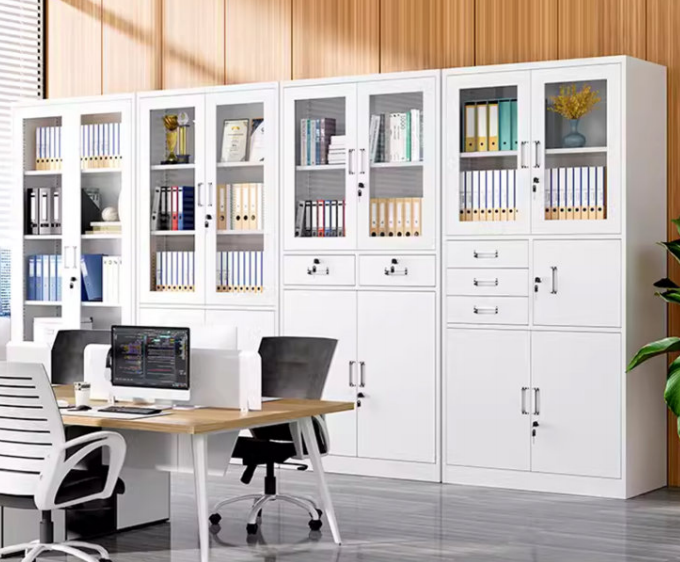
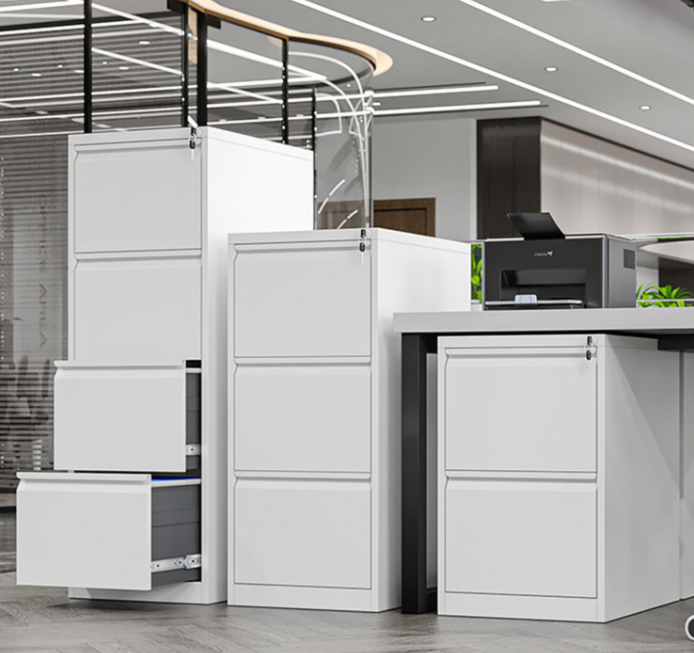
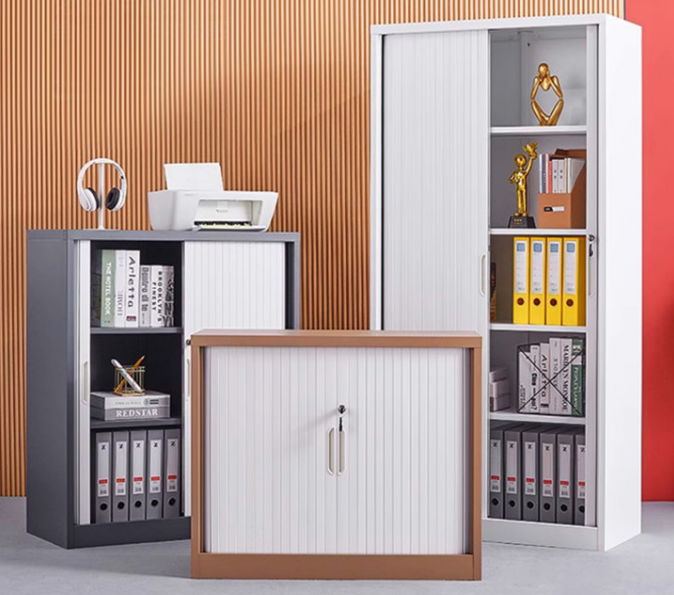
Step-by-Step Guide to Organizing File Cabinets
Step 1: Empty the Cabinet
Remove all files and sort them into three piles: Keep, Shred, and Archive.
Pro Tip: Wear gloves—old files can accumulate dust and allergens.
Step 2: Categorize Files
By Function: Financial, Legal, HR, Projects.
By Frequency: Daily Access (front drawers), Quarterly Reference (middle), Annual/Archival (bottom).
Use color-coded labels (e.g., red for urgent, green for completed projects).
Step 3: Purge Unnecessary Files
Regularly check the expired or no longer needed documents in the filing cabinet and destroy or recycle them.
Use a shredder to destroy sensitive documents to ensure information security.
Step 4: Equip Your Cabinet
Must-Have Tools:
Hanging Folders + Manila Subfolders (for granular sorting).
File Dividers with Tabs (e.g., Avery Insertable Tabs).
Shelf Risers for vertical storage of binders.
Step 5: Implement a Filing System
Alphabetical: Ideal for client names (A–Z).
Chronological: Best for invoices or meeting minutes.
Project-Based: Group all files related to a specific campaign.
Choosing the Right File Cabinet
| Type | Best For | Price Range | Pros & Cons |
|---|---|---|---|
| Steel | Heavy-duty offices | 100–100–800+ | ✔️ Fireproof, durable ❌ Heavy, costly |
| Wood | Executive/home offices | 200–200–1,500+ | ✔️ Aesthetic ❌ Prone to scratches |
| Plastic | Small spaces/temp storage | 40–40–150 | ✔️ Lightweight, affordable ❌ Flimsy |
| Locking | Confidential documents | 150–150–1,000+ | ✔️ Security ❌ Higher cost |
Pro Tips for Maintenance
Schedule Quarterly Cleanouts: Mark your calendar for “File Cabinet Fridays.”
Go Digital: Use cloud storage for backups—87% of businesses now rely on hybrid (digital + physical) systems.
Label Like a Pro: Use a label maker for crisp, smudge-free tags.
Keeping Your Cabinet Neat Long-Term
The One-In, One-Out Rule: For every new file added, remove an old one.
Avoid “Miscellaneous” Traps: If a folder grows beyond 20 documents, split it into subcategories.
Clean Regularly: Wipe surfaces with microfiber cloths; avoid harsh chemicals on wood finishes.
Conclusion
An organized file cabinet isn’t a luxury—it’s a necessity for seamless workflows. By categorizing smartly, purging ruthlessly, and maintaining consistently, you’ll save hours weekly and safeguard critical data.



